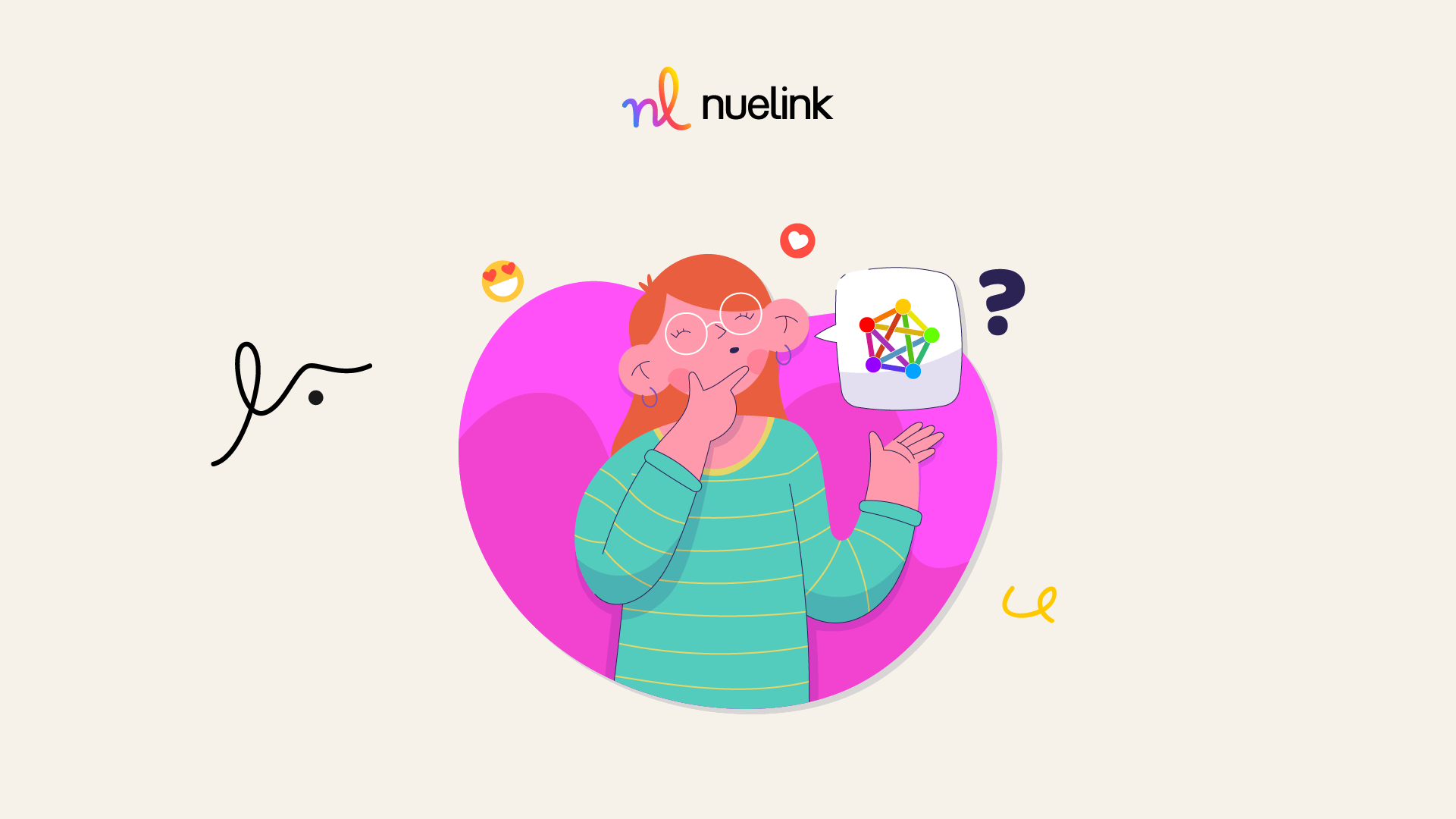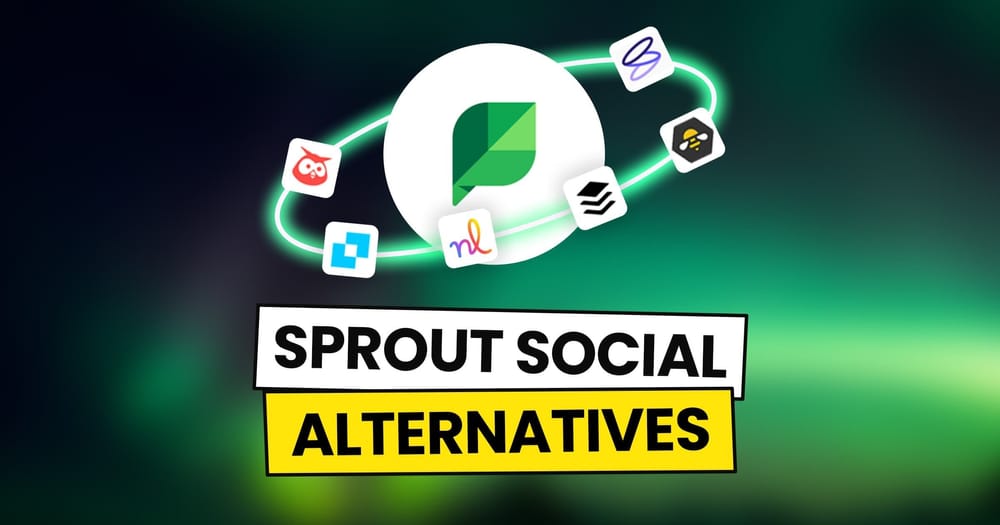Over the past year or so, you’ve likely heard a lot of buzz on the term “fediverse”. Perhaps you stumbled upon it while browsing the web or heard about some of the platforms on the fediverse.
So, this must have got you wondering, what’s the fediverse? This is what we will try to answer today. In this blog post, we will over the fediverse, its most popular platforms, and how it can change our view of social media.
What is the Fediverse?
The fediverse, short for “federated universe,” is a vast, interconnected ecosystem of social platforms built on an open protocol called ActivityPub. This protocol allows users to seamlessly transfer their content, data, and follower base across different networks.
In essence, it creates a unified social media experience that breaks down the walls between individual platforms and makes them interconnected. In the fediverse, you could post content from any one platform, and your followers across all other platforms would see it. This interconnectedness means that your social media presence is no longer confined to a single platform’s ecosystem.
The fediverse represents a shift towards a more decentralized internet. By using open protocols like ActivityPub, it challenges the dominance of centralized social media giants. This decentralization can lead to greater user control, privacy, and customization, as well as a more diverse and resilient digital ecosystem.
Understanding the fediverse is essential because it has the potential to reshape how we interact online. It promises a more democratic and user-centric approach to social networking, where you can have greater control over your digital lives.
How Does the Fediverse Work?
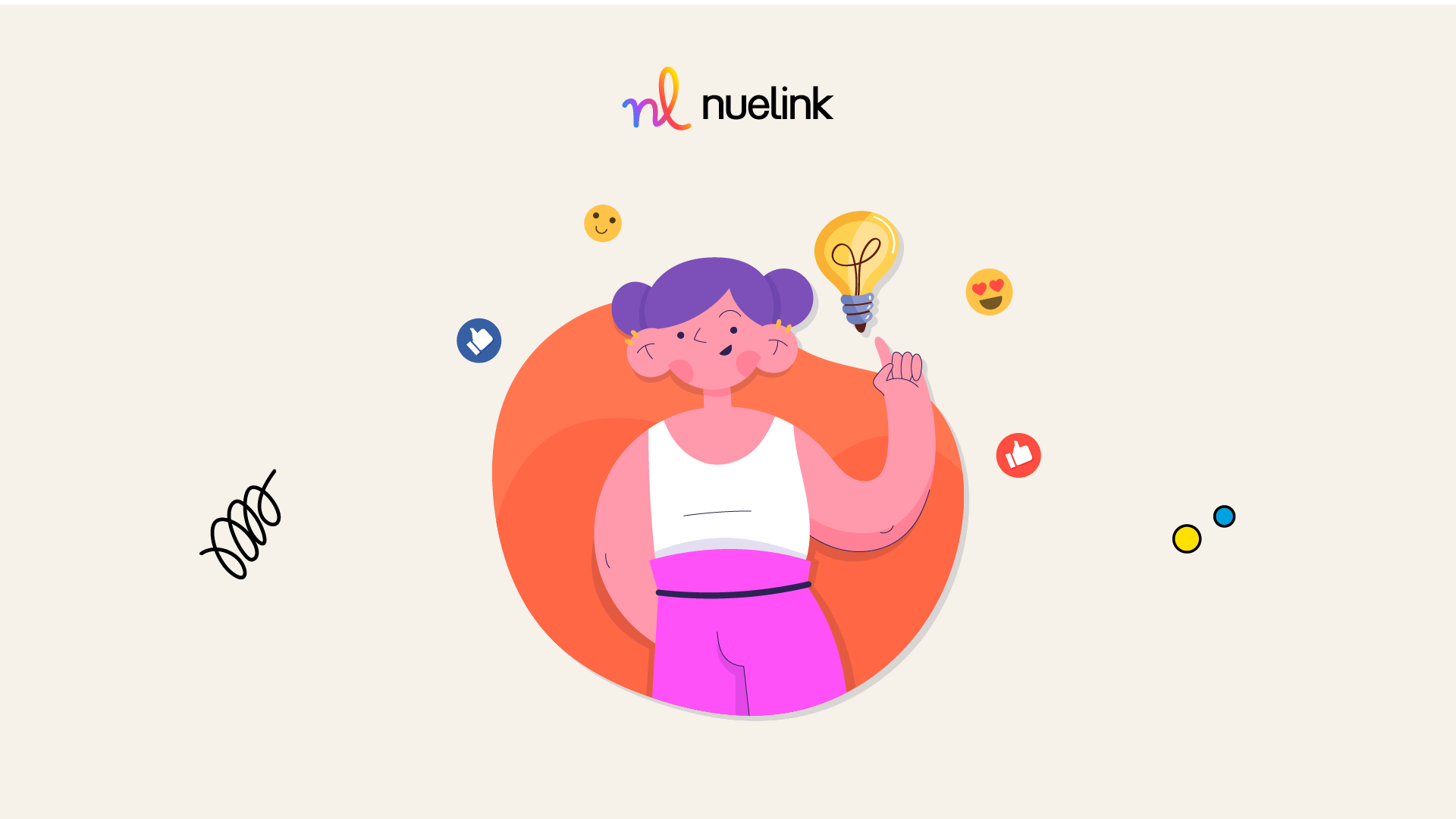
From a user’s perspective, joining the fediverse begins by registering on one of the many servers that make up this expansive social network ecosystem. Each server, known as an instance, operates independently but remains interconnected through the fediverse.
This means that once you have an account on one instance you can interact with users across other instances within the fediverse network.
Unlike traditional social media platforms where all data is stored and controlled by a single company, the fediverse consists of numerous servers, or instances. Each instance operates independently, hosting its own community and content.
The ActivityPub protocol serves as the backbone of the fediverse, enabling seamless communication between different instances. It allows users on one instance to follow, interact with, and share content from users on other instances.
Users can choose an instance that aligns with their preferences, joining communities that share similar values or topics of interest.
Despite its advantages, navigating the fediverse can be complex. Instances vary widely in terms of community rules, accessibility, and user experience. Discovering and connecting with users across different instances can be challenging due to the lack of a centralized search function.
Which Popular Platforms are within the Fediverse?
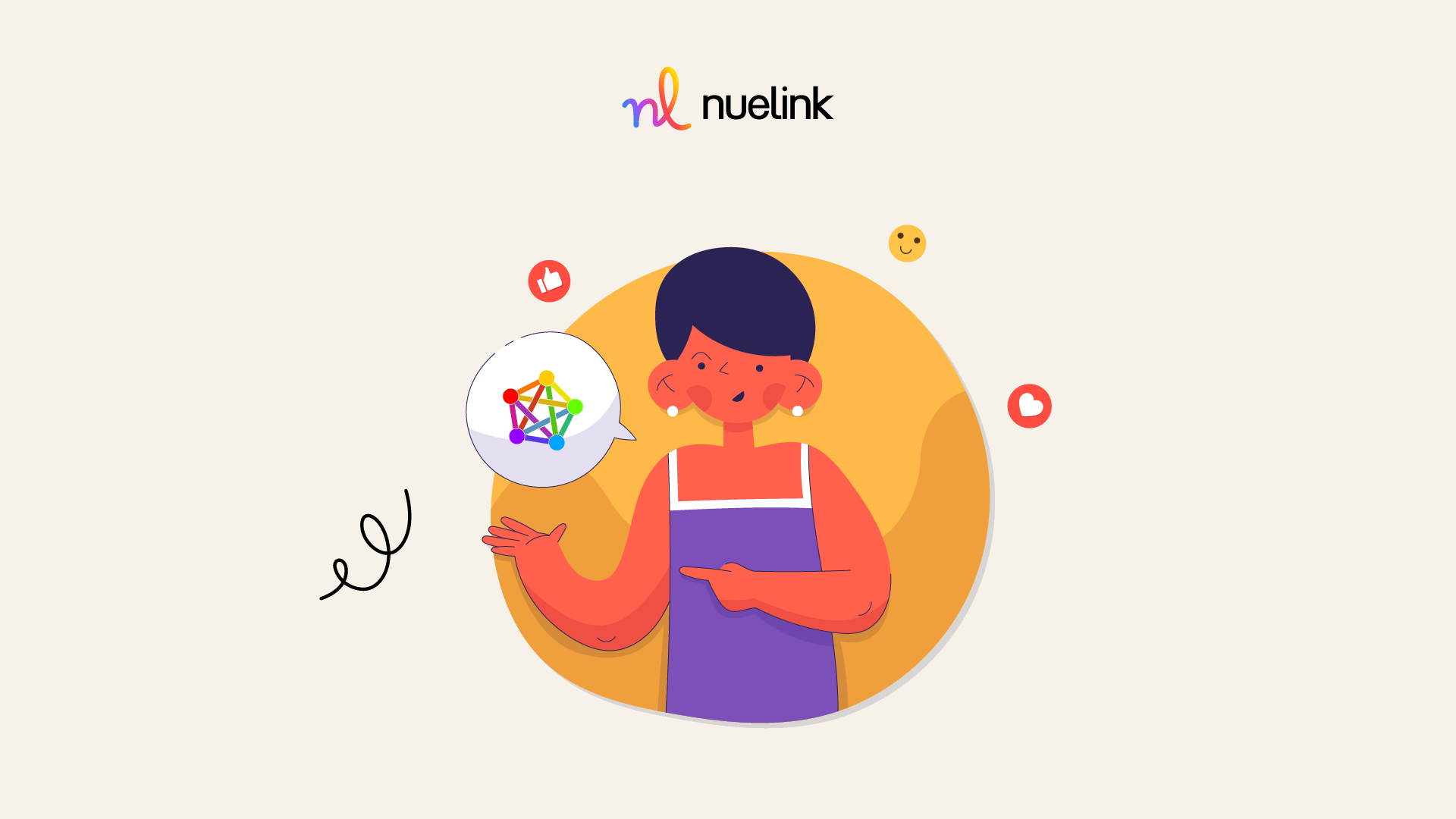
Several notable social media platforms are part of the fediverse, each contributing to its rich and diverse landscape. Here are some of the most popular ones:
Threads
Perhaps the most well-known platform within the fediverse, Instagram Threads have recently joined the pack. Your Threads account and posts will become discoverable across all Fediverse platforms. You can post on Threads, and users on Mastodon can like, reply, and repost your content.
What’s more important is that Threads has also opened its API last week. This means you can use a social media management platform, Nuelink is among the first to support Threads, to post to the wider fediverse.
Mastodon
Mastodon is a microblogging service similar to Twitter. It allows users to post short messages, follow others, and interact through likes. Mastodon’s decentralized nature means that users can choose from a variety of instances to join, each with its own community and rules.
Pleroma
Similar to Mastodon, Pleroma is another microblogging platform within the fediverse. It offers a lightweight and flexible alternative, with a focus on customization and efficiency. Pleroma instances are often smaller and more niche, catering to specific communities or interests.
PeerTube
PeerTube aims to be a decentralized alternative to YouTube. It allows users to upload, share, and view videos without relying on a single, centralized platform. Each PeerTube instance operates independently, but videos can be shared and viewed across instances.
Pixelfed
For those who love sharing photos, Pixelfed serves as the fediverse’s answer to Instagram. It provides a platform for posting images, following photographers, and engaging with visual content. As with other fediverse platforms, Pixelfed instances are interconnected, allowing for cross-instance interaction.
Why Should Social Media Marketers Care About the Fediverse?
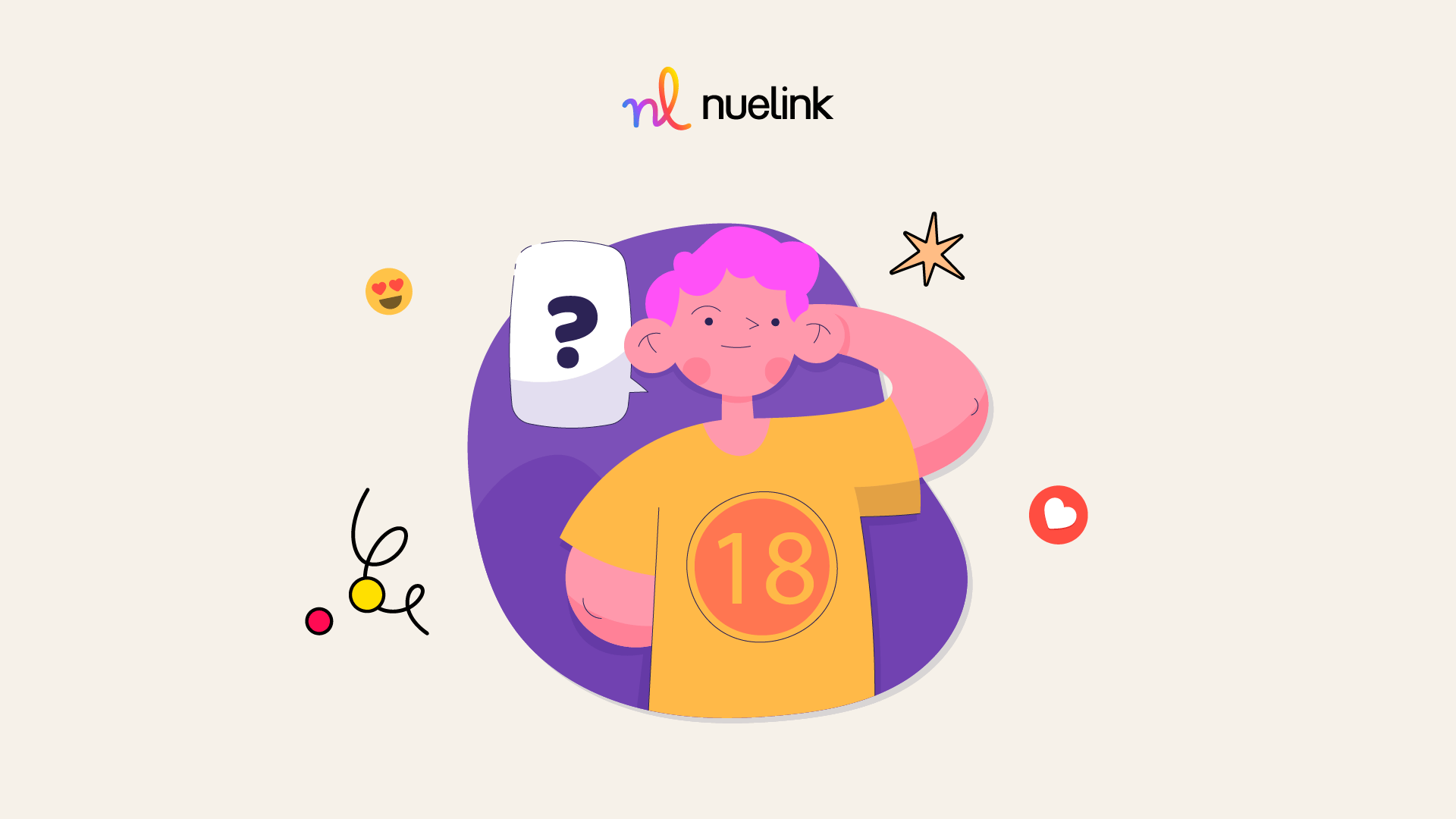
The fediverse is a growing space that presents many opportunities for brands, particularly in this corner of the internet that aims to be fully ad-free. In decentralized social media, the absence of a central company calling the shots means there’s no mechanism or incentive to drive ad revenue.
This provides a unique environment for brands to engage consumers through organic content, which can lead to a better return on investment compared to traditional paid ads.
Brands can focus their efforts on one decentralized platform instead of spreading themselves thin across multiple fragmented channels. This allows them to concentrate on creating high-quality content with the potential for a wider reach.
Gen Z consumers, specifically, are increasingly using social media to connect with brands in the same way they connect with friends, celebrities, and creators, which supports this approach. The need for targeted paid ads diminishes as users self-select and actively seek out brand interactions.
And, with the increasing importance of data privacy, the fediverse offers an option for brands looking to align with these values and build trust with their audiences. Unlike traditional social media platforms, where user data is often harvested for targeted advertising and other purposes, the decentralized nature of the fediverse provides protection against data exploitation.
Apple and Google have already started transitioning to stricter privacy compliance standards, especially in the EU, reflecting a broader shift towards prioritizing user privacy and data protection.
As the fediverse continues to gain traction and mainstream attention, brands that prioritize data privacy stand to benefit not only in terms of consumer trust and loyalty but also in shaping the future of online engagement and commerce.
The fediverse offers social media marketers a unique opportunity to expand their reach, enhance engagement, and build more authentic communities without relying on traditional ad-driven models.

